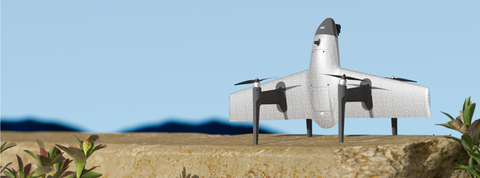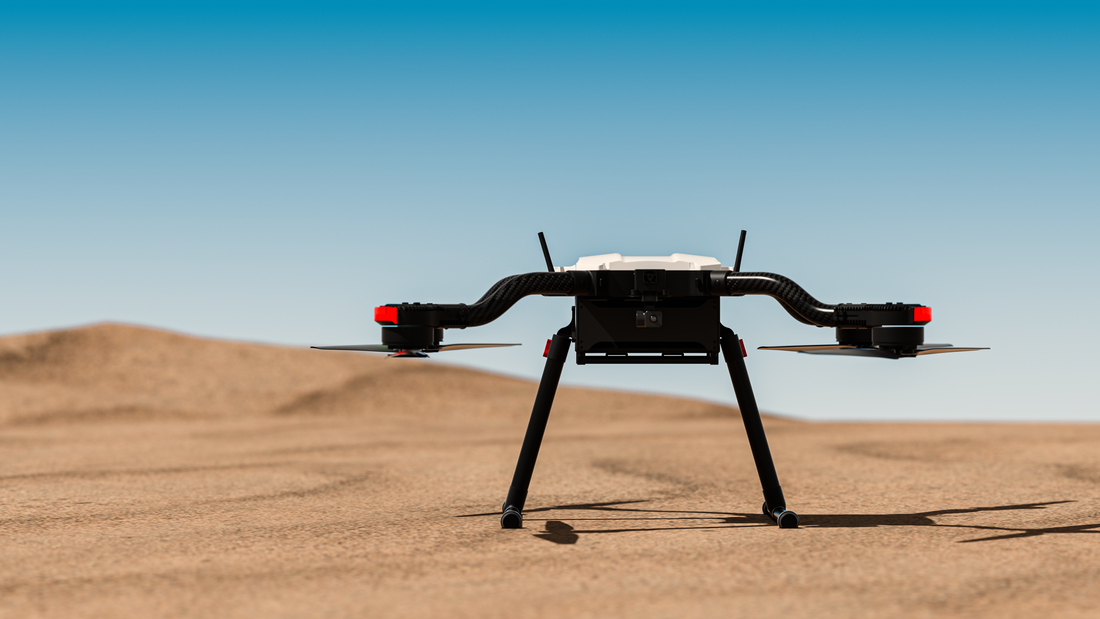HEQ is a high-tech enterprise integrating R&D, production and sales of drones
Previously a fan friend asked me , the difference between multi-rotor and fixed-wing drones, so today HEQ editor will organize an article for you. I hope you will gain something after reading it! Multi-rotor and fixed wing have different flight principles, so each has its own characteristics.
- Duration:
In terms of endurance performance with the same load, in most cases the endurance of a fixed-wing drone is greater than that of a multi-rotor drone. For example, a fixed-wing UAV with a wingspan of 2000mm or more can have an endurance of more than 90 minutes, while a multi-rotor UAV with a wheelbase of 2000mm can have an endurance of about 30 minutes.
- Take-off site:
In terms of takeoff sites, fixed-wing drones require an open field or a closed section of highway for the aircraft to taxi in and out. Multi-rotor drones, on the other hand, can take off and land vertically and only need an open space of a few square meters or so.

- Camera mount:
Camera mounting, both can be divided into hard mount and gimbal mount. The so-called hard mount is to connect the camera directly to the main body of the UAV, and control the screen through the attitude change of the aircraft itself; gimbal mount is a stabilizer connected between the aircraft and the camera, and the gimbal can actively compensate for the angle of the aircraft's attitude change in the process of flight, so as to make the camera screen reach a relatively stable state.
- Scope of application:
Generally speaking, fixed-wing UAVs are generally used for power patrol, highway reconnaissance, seismic survey, border patrol, anti-drug, pipeline inspection, flood investigation, deep forest fire detection, wildlife detection, etc.; multi-rotor UAVs have the advantages of flexible flight and air hovering small size are generally used in aerial photography, film and television dramas, and agricultural plant protection.
Multi-rotor drone portability: Due to the relative simplicity of the multi-rotor drone's mechanical structure, its small and lightweight nature gives it a set-up and take-down time of as little as five minutes. The general volume when put away is the size of a luggage volume.

- Multi-rotor and fixed-wing application areas
Multi-rotors rely on the lift generated by multiple rotors to balance the gravity of the vehicle so that it can fly, and control the smoothness and attitude of the vehicle by changing the rotational speed of each rotor. So a multi-rotor vehicle can hover, fly at any speed within a certain speed range, basically an airborne platform to which you can add your own sensors ah, cameras ah, or even robots and other instruments.
Simple to operate, after simple training everyone can operate, currently more popular. Agricultural plant protection occupies most of the share in the whole industry-level multi-rotor drone field, in addition to the agricultural plant protection field, the power grid is also a relatively mature industry drone application field. In addition to the above two fields, security, firefighting, environmental protection, surveying and mapping, and other fields also enable multi-rotor drones as their operating tools.
Fixed-wing drones, airplanes rely on thrust generated by propellers or turbine engines to power the airplane forward, with the main lift coming from the relative motion of the wings to the air. Fixed-wing airplanes must have a certain airless relative velocity in order to have the lift to fly. Because of this principle, fixed-wing aircraft are characterized by high flight speed, comparative economy and large carrying capacity.
Fixed-wing drones are also very useful, and are generally chosen when there is a need for large range and height, such as power patrol, highway monitoring and so on. Aerial mapping drones are mostly fixed-wing drones with long range, fast flight speed and high altitude.
HEQ, gathered a group of partners who love the UAV business, we have been committed to exploring the field of "intelligent space". After a long period of technical precipitation, the company was the first to release the first rudderless control vertical take-off and landing fixed-wing UAS in 2020, which can be used in aerial photography, surveying and mapping, inspection and many other fields, and it is the UAV production, research and development, and sales as one of the company manufacturers! Provide new possibilities for the design of unmanned aerial vehicles. We look forward to providing excellent smart space solutions for more industries.

